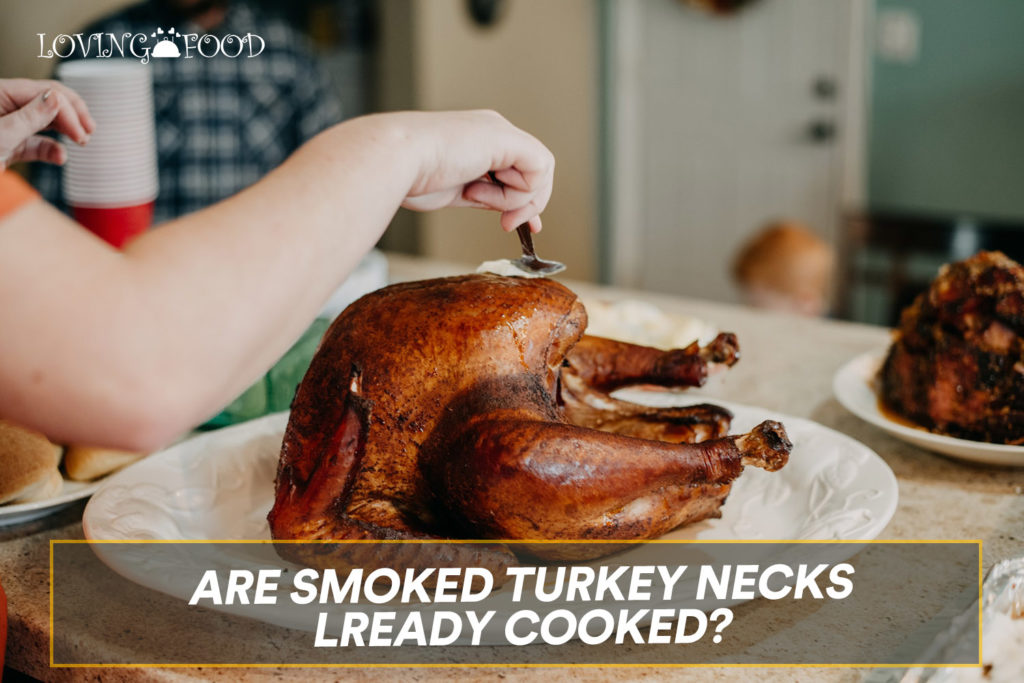Dietary changes have resulted from an increase in health consciousness.
One major diet change is replacing dairy milk with plant-based milk due to its lower calorie and cholesterol content. You may be considering using almond milk in your cornbread recipe to maintain a healthy lifestyle but may be concerned if it will be suitable and produce a desirable flavor.
Yes, you can use almond milk in your cornbread. However, almond milk has a slightly thinner texture compared to regular milk. Almond milk is a suitable solvent for binding ingredients and producing fluffy cornbread.
This article will help you learn how to use almond milk in your cornbread. You will also discover suggestions to guide you when making cornbread and the nutritional value of cornbread.

Can You Use Almond Milk In Cornbread?
Yes, you can use almond milk in cornbread. In cornbread recipes, almond milk is frequently used to substitute for water or ordinary milk. Lactose intolerant individuals and vegetarians are among those who commonly use almond milk when making cornbread batter.
Although almond milk is a suitable solvent in cornbread batter, keep in mind that almond milk is slightly thinner than regular milk, so your cornbread may come out dry if not used adequately.
Furthermore, almond milk has a slightly nutty flavor that may modify the original taste of your recipe, although it is rarely overpowering.
How to Use Almond Milk In Cornbread
When replacing regular milk with almond milk in cornbread batter, use the same amount of regular milk as your recipe requires. Almond milk is available in two varieties: sweetened and unsweetened.
If you use unsweetened almond milk, sweeteners such as sugar, honey, or maple syrup can be used to achieve a sweet flavor in your batter. If you use sweetened almond milk, however, you can lower the amount of sweetener in the batter unless you have a sweet tooth and don’t mind the taste.
You can add melted butter or oil to the batter to produce soft and fluffy cornbread. Also, if you want a tangy flavor for your cornbread, add a splash of lime or vinegar to the batter.
Tips To Enjoy Your Cornbread
Below are tips that will help you enjoy your cornbread milk:
- Cornbread tastes best when made with fresh cornmeal. Check the expiration date before purchasing cornmeal. Check for odors, pest infestations, moths, and discoloration as well.
- Before pouring in your batter, grease your skillet or pan with butter or oil. Greasing keeps your cornbread from sticking to the bottom after baking.
- You can prevent unevenly baked bread by not overfilling the skillet or aluminum pan.
- Cornbread tastes best when it is not overcooked or burned. Setting a timer will help you avoid overbaking.
- Cornbread tastes best the day it is baked. Refrigerate your cornbread and consume it within three days or it will go stale.
- Pair your cornbread with other delectable side dishes like bacon, cheese, or fruit juices to complement your meal.
- When creating the batter, use adequate flour, oil, and cornmeal to avoid crumbly cornbread.
- To prevent your cornbread from sticking to the pan, don’t take it out of the oven right away. If you need to remove your cornbread immediately, split it into chunks to make removal easier.
- Ensure the cornbread batter is free of clumps before transferring it to the oven. Clumps can be broken up by rubbing the dry ingredients between your palms.
- The heat melted butter or oil before adding cornbread batter to make crispy cornbread.
Final Note
When served with delectable side dishes, cornbread makes a tasty supper.
To enhance the flavor of your cornbread, serve it with dips, sauces, or juices. It is best to use the aforementioned tips to enjoy your cornbread.








